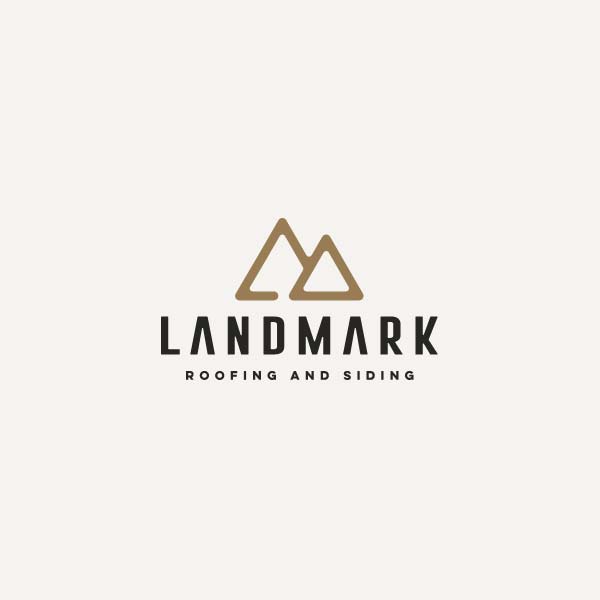Date
Thu Feb 23The majority of commercial or industrial buildings have flat roofs, as opposed to residential buildings, which usually have sloped roofs. There are several construction methods for replacing a flat roof.
One of the most impressive is sprayed polyurethane foam, but since construction companies rarely use it, we won’t be going into it. Here are the various options for flat roof systems for commercial buildings:
Built-Up Roofs
Built-up roofs, or BURs, are a popular choice due to how inexpensive they are. BURs are also aesthetically pleasing; the top layer consists of gravel. A BUR’s layers also provide insulation. But the layers make BURs very heavy, meaning the roof will require reinforcement, which can increase costs and construction time.
Modified Bitumen
Modified bitumen is a single-ply roofing method that you roll onto the roof. Originally you had to heat the material with a blowtorch, but now you can stick it on the roof like a sticker. Modified bitumen reflects sunlight, reducing energy costs, but it’s not very durable and cannot withstand much foot traffic.
PVC
PVC is incredibly durable, water-resistant, and reflective. It’s a popular option due to how easy it is to install. But PVC is applied in individual rolls that are glued together in the seams. This glue decays over time so a PVC roof won’t last as long as other roof types.
Single-Ply EPDM
Single-ply EPDM is like PVC but made of rubber instead of plastic. Like PVC, EPDM is very durable, but the seams break down over time and require repeated maintenance to prevent leaks.
Spray-Applied Roof Coating
Silicon roofing spray is one of the best flat roof systems for commercial buildings; it’s seamless, water-resistant, reflective, and durable. It can just be sprayed onto a roof, even on top of previous spray coating, so it doesn’t disrupt the building’s operation. Unfortunately, spray coating is one of the more expensive forms of roofing.

